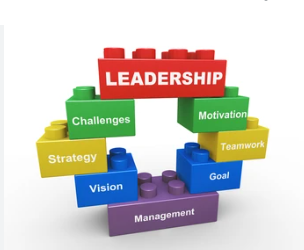SESSION 1
Introduction:
Let’s start with a quote from Environmental healthcare Association’s webpage to set the scene:
‘Human health always takes place on a planetary scale, and must therefore be thought of and practiced ecologically. This is to say that we recognize that it is not possible to think the one (human health, healthcare, physical therapy, etc.) without simultaneously thinking the other (environment, ecology, planetary health). And further, that if it is not possible to think the one without the other, it is also not possible to practice human healthcare without simultaneously practicing environmental healthcare. Physical therapies can make a much more valuable and significant contribution to human and planetary health than the historically and socially self-imposed limits on the profession have previously allowed. The Association has been made possible by a growing sense that a critical mass of physiotherapists is eager to advance contemporary physiotherapy theory and practice towards a more positive, inclusive, environmental future for the profession’.
(Ref. http://environmentalphysio.com/about/ )
Let’s join forces to find ways to define, develop and practice environmental healthcare.
In this course we will introduce you to an example of how we combine reuse, environmental awareness, and our passion for people, health and nature.
You will get inspiration to develop your own environmental healthcare initiative.
Who are we?
Betina Ringby, Project leader, Garden to Connect Rwanda. PT, Master of Health Science, Nature Therapist and Marianne Mikkelsen, Project leader, Garden to Connect Denmark. Master of Arts, Nature Guide, skilled community gardener. We are both social entrepreneurs, based in Aarhus, Denmark.
This course is supported by Vinyl Plus (EU) and the PVC Information Council in Denmark.
We connect people with plants and each other
In the initiative Garden to Connect, we make urban landscape greener and bring people closer to nature and each other. Urban gardens are often expensive and resource intensive when using plant containers of steel, concrete or terracotta. Reusing plastic building waste saves money and resources. By upcycling discarded products, production of new plant containers is avoided, which helps to mitigate climate change.
For our prototyping in Rwanda see: https://vimeo.com/715145421
For further understanding of the initiative browse the website www.gardentoconnect.eu and pay attention to also the Rwanda page.
Now you are probably curious to know more about other environmental physiotherapy/healthcare initiatives.
Go to http://environmentalphysio.com/about/ and read the vision and mission.
You have now gained an insight into environmental healthcare, the initiative Garden to Connect and who we are.
Before entering session 2 you must read, do and upload reflection task 1.
Reflection task 1 – Getting insights:
Log into https://sdgs.un.org/goals.
Read through all goals
Select 3 goals that draws your attention and reflect on the subgoals
Pick 3 subgoals that you find especially important and reflect on why these subgoals are of special interest to you.
Upload the 3 subgoals and reflections on the website under Reflection task 1 (https://drive.google.com/drive/folders/18MsEBS9ZDtTgLoUyQ41qUiju1ALDNxXH)
For your inspiration of an example to connect SDG’s to physiotherapy go to:
http://environmentalphysio.com/project/the-sdgs-and-physiotherapy-at-ucn-denmark/










